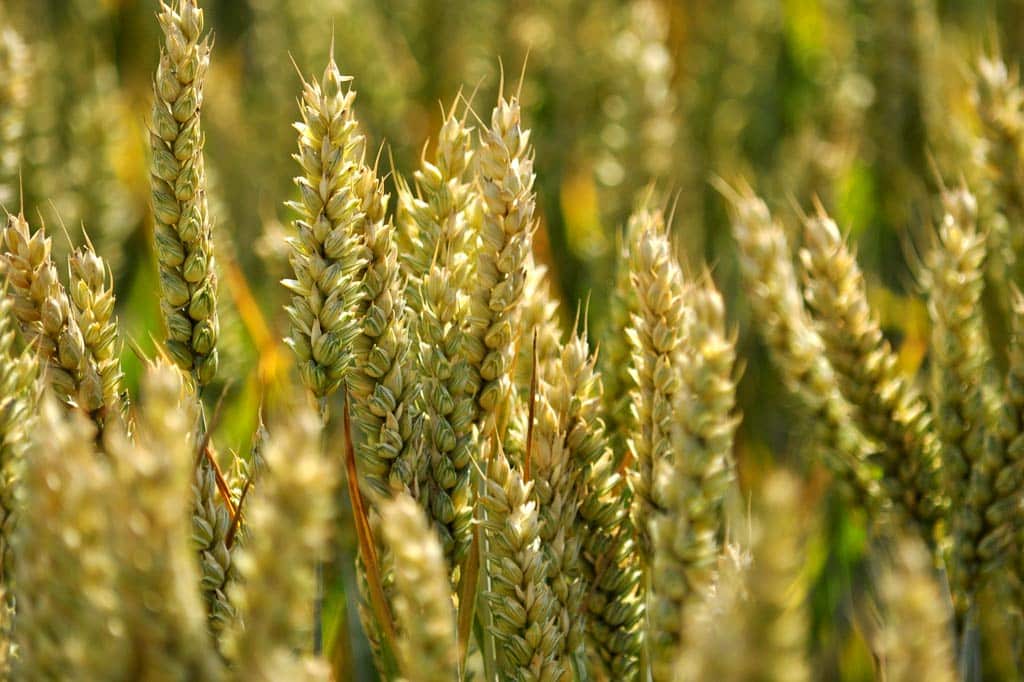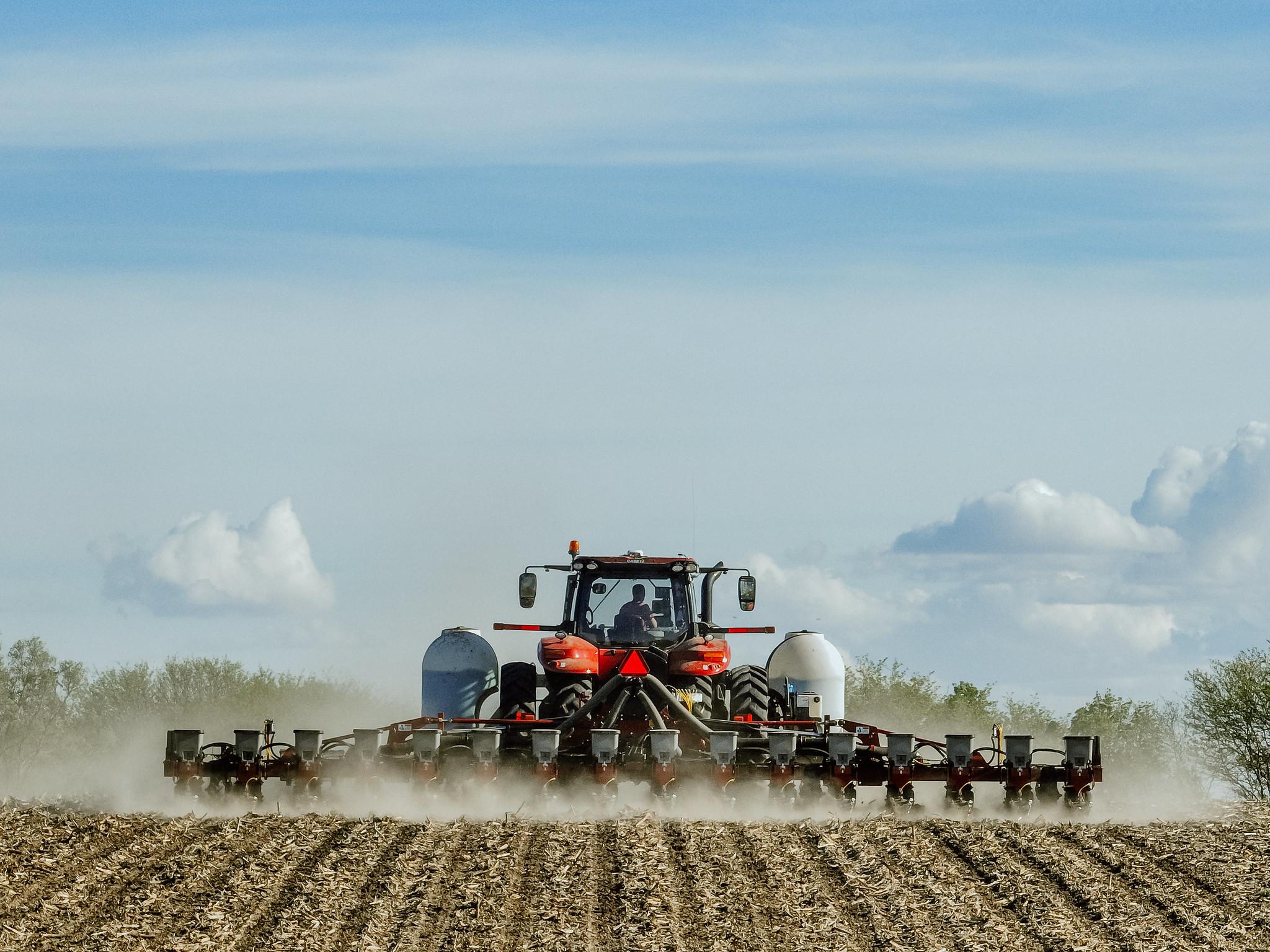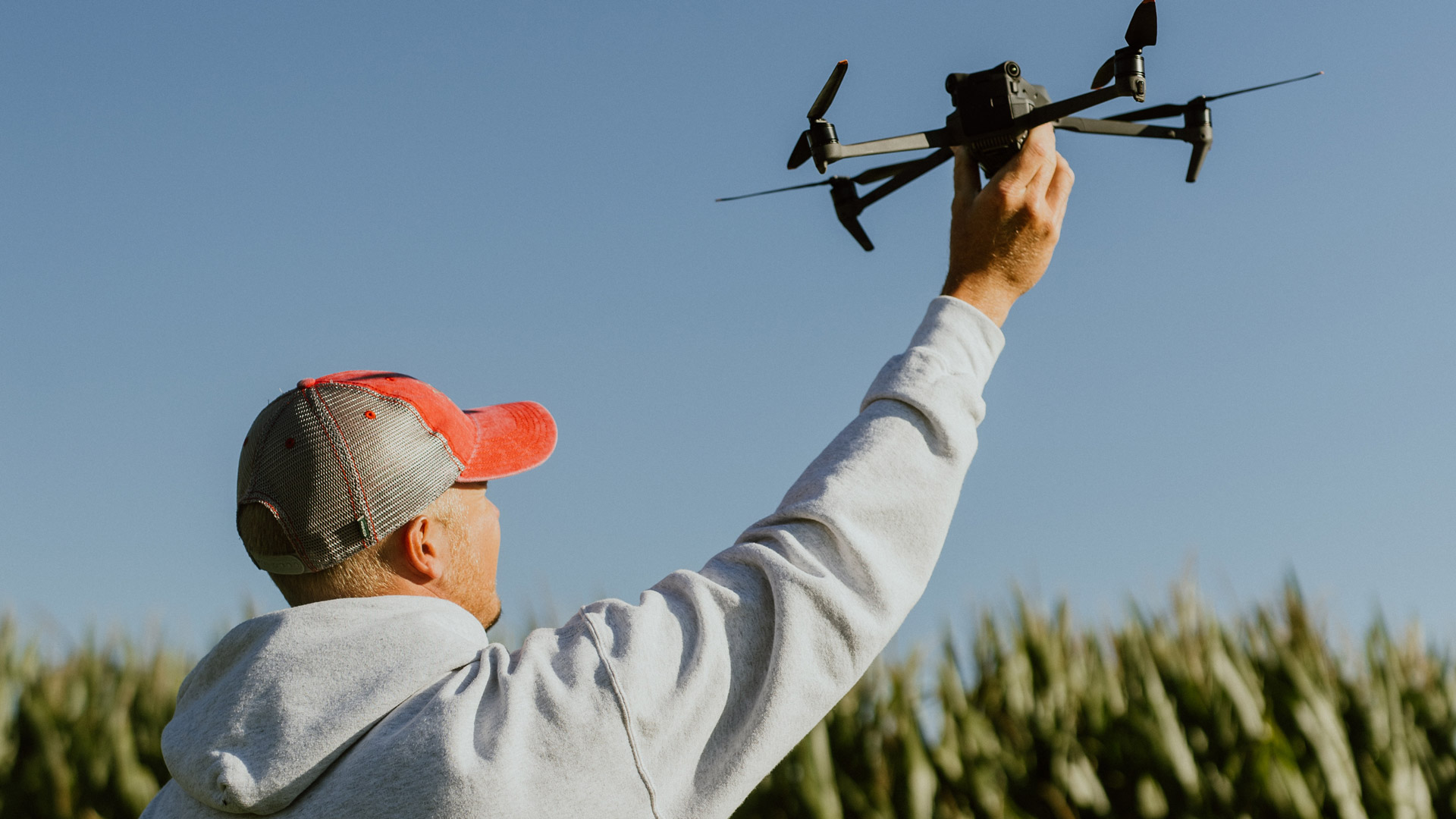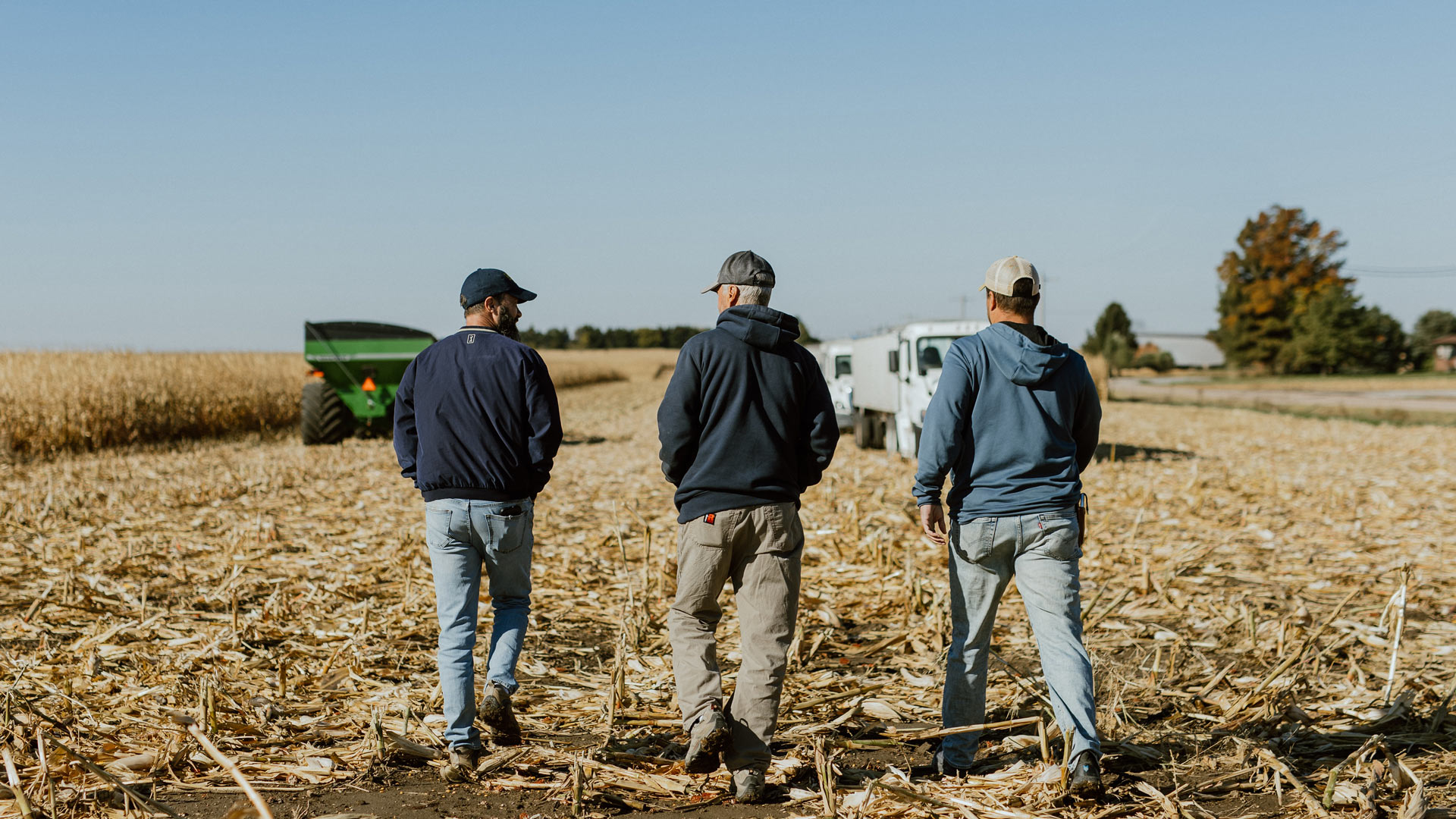People unfamiliar with farming might assume that fertilizer is the only way to improve the growth and overall health of crops like corn. While fertilizer can be a useful tool, farmers are resourceful and often implement a wide range of strategies to improve the health of their crops and yields. One method involves planting additional crops, known as companion crops or cover crops. Companion crops are planted and raised at the same time as corn while cover crops provide benefits over the winter between plantings.
For Nebraska corn to receive the most benefit from companion crops and cover crops, you need options that work with the local climate and soil composition. And since Nebraska corn is regularly grown in rotation with soybeans, your companion/cover crops should also benefit this rotational planting schedule. Fortunately, Nebraska corn farmers have several options to choose from.
Remember – Cover Crops Need Their Own Management
It’s important to remember that cover crops aren’t something you can just toss over the soil and expect to see benefits from. Cover crops might offer multiple advantages for corn and soybeans, but they may also create new challenges, requiring farmers to implement additional management strategies. Having a firm understanding of the needs of the cover crop being planted is essential to the final result yielding a good harvest.
Benefits of Using Cover Crops
What exactly are the benefits of growing cover crops in your cornfield? While they may be specific to the plant, most cover crops offer multiple benefits:
- Discourage pests and weeds from settling down – Insects and invasive weeds can wreak havoc on a field. Planting cover crops can limit their ability to spread, especially if the added crops encourage beneficial insects like parasitic wasps.
- Improve and retain soil nutrients through multiple plantings – Ensuring there is enough nitrogen in the soil is one of the most important aspects of an effective corn and soybean rotation. Cover crops keep your soil loaded with nitrogen by pulling it from the atmosphere.
- Prevent soil erosion or compaction during harsh weather – Cover crops like winter wheat and similar grasses can help keep a wide area of soil in place. This can protect still-growing corn from strong winds or floodwater draining away soil into waterways.
- Conserve moisture and biomass for future corn crops – Cover crops can help increase soil health and future crops by fixing nitrogen and sequestering carbon into the soil.
Cover Crops for Nebraska Corn – Grasses and Legumes
Nebraska can be bitterly cold, windy and blustery in the winter. For cover crops to succeed, they must be well-adapted to these potentially harsh conditions. Because of this, the effective cover crops in Nebraska are often cereal grain or legumes. Not only are these cover crops hardy and reliable, but they also fit nicely into the popular corn and soybean rotation.
Remember that cover crops have their own set of obstacles. Nebraska corn farmers use different strategies to ensure a successful crop. For example, they can time the planting of cover crops to allow winterkill (where excessive winter conditions kill back the crop) to naturally remove cover crops in time for the next planting of corn.
Clovers (Such as Red, White and Berseem Clover)
Clovers are a broad family of herbs in both annual and perennial varieties. They fix nitrogen, reduce erosion and regularly attract beneficial insects. Make sure to choose the right species for your corn-planting schedule. Berseem clover is ideal for Nebraska corn rotations because it will be winter-killed before spring, leaving all the nitrogen for the corn.
Cereal Grains (Such as Winter Wheat, Rye, Barley and Sorghum)

Grasses are some of the hardiest plants around. That makes cereal grains a great fit for winter cover crops in Nebraska. Rye is a low-cost and vigorous cover crop for corn, ideal for helping water and nutrients infiltrate deeper in even the poorest quality soil. It also smothers weeds, benefiting the corn and soybean rotation.
Mixing cereal grains and legume cover crops may offer the best results for growing corn than cereal grains alone. Such versatile cover will offer the most benefits from each while helping to minimize possible drawbacks.
Medics (Such as Black, Burr and Barrel Medics)
Also known as medick or burclover, these legumes are closely related to alfalfa. Many species are tolerant of conditions across Nebraska, especially hardy cultivars like black medic. As legumes, they support corn by fixing nitrogen into the soil. Medics also prevent soil erosion and the growth of weeds around corn.
Try These Companion and Cover Crops to Boost Your Corn Yield
From restoring as many nutrients into the soil as possible, to capitalizing on mutually beneficial growth patterns, companion and cover crops are versatile tools in a farmer or gardener’s arsenal. They can help corn crops grow bigger, faster and healthier. While they still present their own challenges, adding a companion crop or cover crop to your corn can yield exciting results.




